jewish burial customs stones
Ashlar is a type of masonry featuring thin finely-cut rocks. 5455 Dashwood St Ste 700.

Why Do Jews Put Stones On Graves My Jewish Learning
A tombstone serves to identify the grave so that relatives will find it when they visit honor the memory of the deceased and identify a place of burial so that kohanim descendants of ancient Jewish priests will avoid it as required by Jewish law.
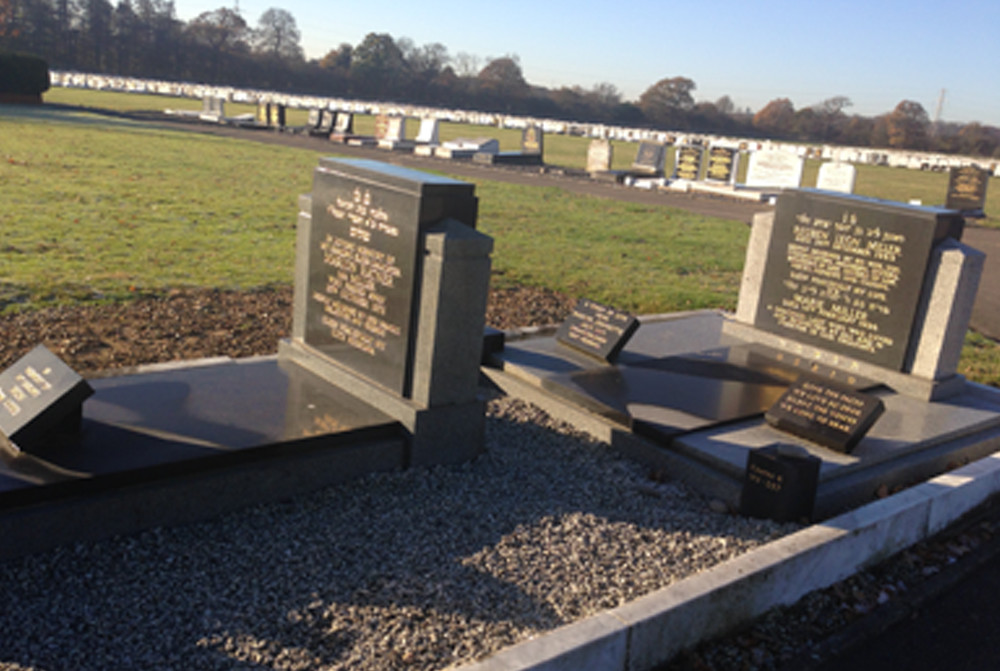
. Some Jewish headstones feature stone facing on them that is intended to emulate the masonry style of the Western Wall. It is mentioned by a number of Geonim and by the Ramban and from there by the Ritva and the Tur and then it disappeared apparently. Jewish tombs in the first century consisted of two types.
Jewish Traditions For Death Burial And Mourning Rohatyn Jewish Heritage Why Jews Put Stones On Graves My. Jewish tradition makes no stipulation as to the size or type of marker or monument but most. They typically have smooth.
Our goal is to help you honor your loved one and abide by Jewish tradition. Our selection of Jewish monuments includes single monuments family monuments footstones upright monuments and double headstones. By placing a rock or a pebble on top of the tombstone we honor the deceased by letting people know that the gravesite has recently been visited.
Placing a stone on the grave serves as a sign to others that someone has visited the grave. Jerusalem monuments are. Lets summarize what we have learned.
There are many theories why this custom came about in Jewish culture. Funeral and burial customs hold great significance to people. Some people find comfort in this.
The Talmud also referred to as the Shas mentions that after a person dies his or her soul continues to dwell in the grave where he or she was buried. Most common Jewish custom is to erect a monument anytime before the 1st anniversary of passing Yahrzeit. To keep the souls in this world.
There are a number of reasons given for this custom on both a basic level as well as a more esoteric one. Jewish Funeral Customs Jewish funeral service rituals and practices have traditionally followed a strong set of customs and beliefs which are based on the Torah. Dignity Memorial Jewish has many prayers for this occasion.
I To cleanse the hands with dirt after a burial. It also enables visitors to partake in the mitzvah tradition of commemorating the burial and the deceased. Quality Material Expertly Crafted.
Hasidic circles usually erect monuments immediately following 7 days from passing Shiva or 30 days from passing Shloshim. 4 When others notice the rocks they will see that this is a grave visitors frequent and. This is the oldest of the three customs we shall discuss.
Readings at the beginning of the funeral are frequently Psalms 23 15 24 90 and 103. The time for installing a Jewish tombstone is dependent on Jewish customs. The tombstone is usually placed at the head of the grave.
The origin of the stone custom is uncertain though it may relate to. Eulogies are read by the rabbi as well as a few family members. Jews believed that placing the stones on a grave would keep the soul down in this world.
The visitor positions the stone on the grave using his or her left hand. The stones signify the permanence of the soul as opposed to the impermanence of lifeYou dont see flowers at a Jewish funeral and you dont see flowers placed at a Jewish grave. A fundamental principle of Jewish belief the impurity of the dead underpins many of the customs related to death and burial defined in halakhic law for example Numbers 19.
To cleanse the hands with dirt after. Stones on Graves It is a Jewish custom for those mourning to to place a single stone on top of the grave of a friend or loved one. Another interpretation suggests that.
Ad Honor Your Loved Ones Memory with Our Memorial Stones. Jewish authorities likely objected to the flower ritual because of its proximity to pagan customs. When someone dies we seek comfort in familiar rituals and traditions.
Jesus disciples took his body bought a great quantity of myrrh and aloes and wound it in linen clothes with the spices as the manner of the Jews is to bury John 1940. Due to this type of environment most burials were in shallow graves that necessitated covering the deceased with dirt then stones and rocks in order to complete the process and to prevent animals from preying on the body. A kokh singular was a long narrow recess cut into a rock tomb in which a body coffin or ossuary bone box could be laid.
To place grass or a small stone on the grave at the end of the burial service or after visiting a grave. Why do Jewish people have a custom of placing stones on graves of loved ones. Based on Jewish laws traditions and customs a Jewish funeral usually takes place within one day following the date of death and these are solemn and reflective services followed by a gathering at the mourners home which marks the beginning of shiva.
The grave marker is only placed during the unveiling ceremony. This was in accordance with Jewish burial customs. Within the Jewish faith it is customary to leave a small stone on the grave.
Closely tied to this belief is the idea that the stones also keep otherworldly beings such as golems and demons from entering the grave. 1 Comment Jewish Burial Customs By fiastro Why do Jewish people have a custom of placing stones on graves of loved ones. To place grass or a small stone on the grave at the end of the burial service or after.
Jewish burial customs stones Wednesday March 2 2022 Edit. One of the most popular memorial prayers asks God to grant perfect peace to the departed and to remember their good deeds. The most common being the kokhim.
Sherman Jewish Monuments offers a wide selection of beautifully crafted granite Jewish headstone and gravestone options in varying styles. As opposed to the common practice of burying loved ones with flowers and placing flowers by the tombstone Jewish tradition instead puts an emphasis on placing stones on graves. The first seven days following the funeral is known as shiva and the mourners generally.
In all likelihood this was the precursor to the practice of placing stones at graves as a Jewish burial ritual. I To cleanse the hands with dirt after a burial. Within the Jewish faith it is customary to leave a small stone on the grave.
The typical kokhim tomb was hewn into the hillside and consisted of a square chamber.
Visitation Stones Crescent Memorial Park

Tradition Ancient Rituals Ira Kaufman Chapel
Placing Pebbles On Gravestones A Jewish Tradition Explained Fsn Funeral Homes
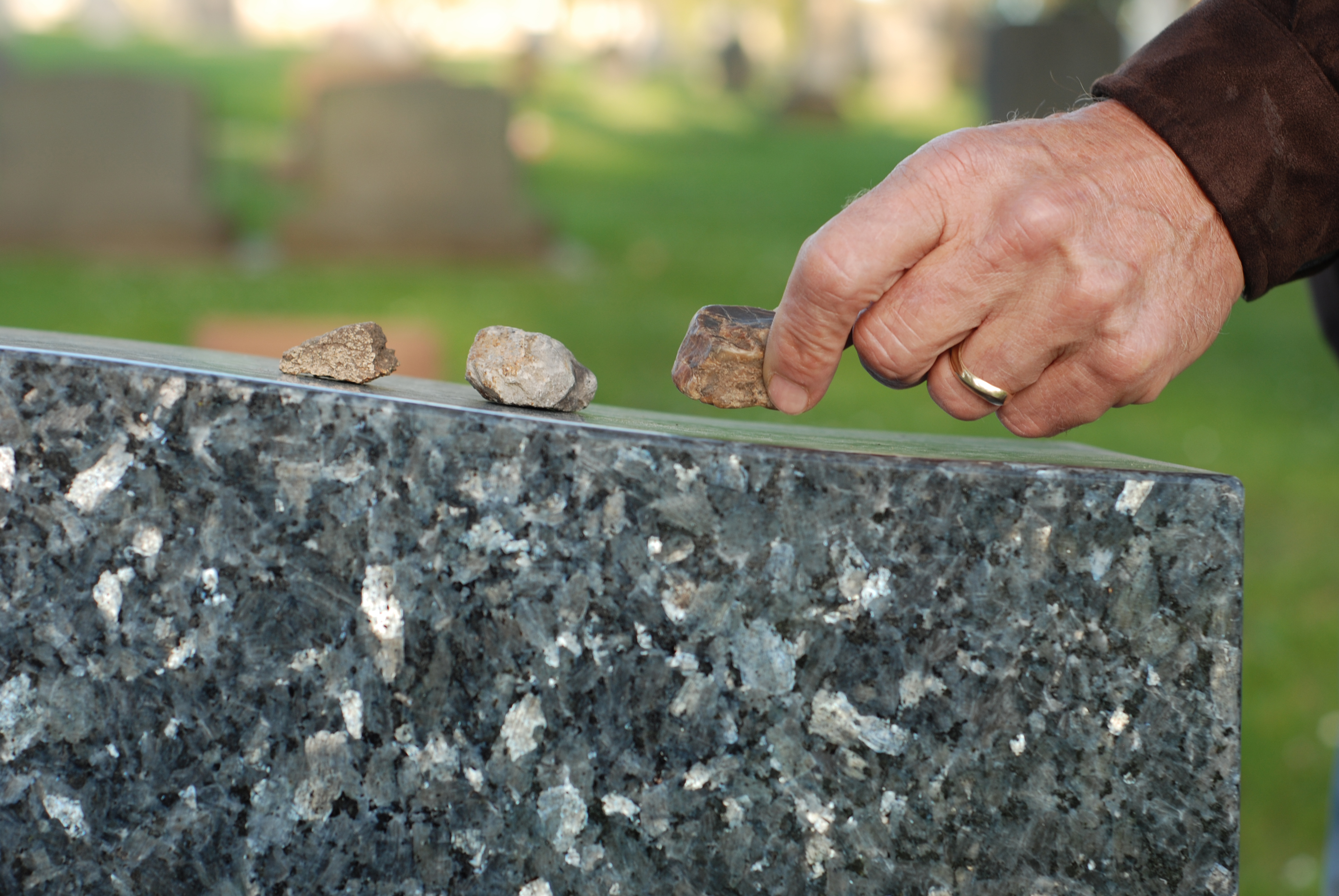
Jewish Mourning Customs Why Mourners Put Stones On Monuments Gutterman S Jewish Funeral Homes New York Fl
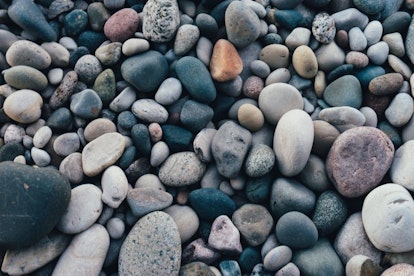
Stones On Graves The Jewish Burial Tradition Explained Cake Blog

Cemetery Grave And Tombstone In Judaism Death Mourning

Leaving Stones When Visiting A Grave Jewish Cemetery Burial And Mourning Customs From Jcam
Why Do Jews Place Stones On Graves Houston Jewish Headstones

What Is Jewish Burial South Florida Jewish Cemetery
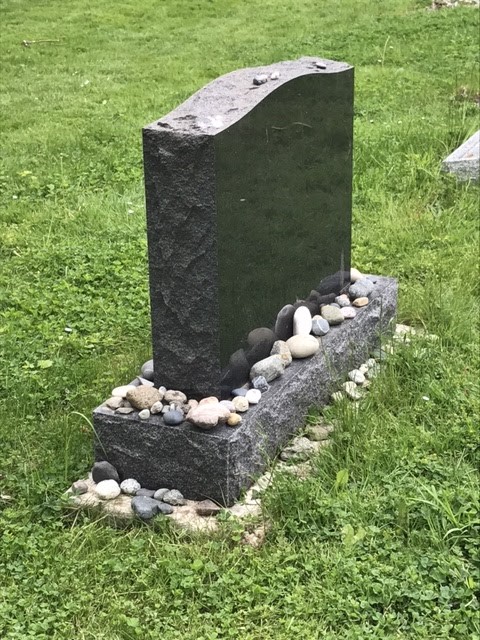
Stones On Jewish Monuments A Symbolic Praxis Guest Post By Morgan And Basil Anth367 Heritage And Historical Archaeology
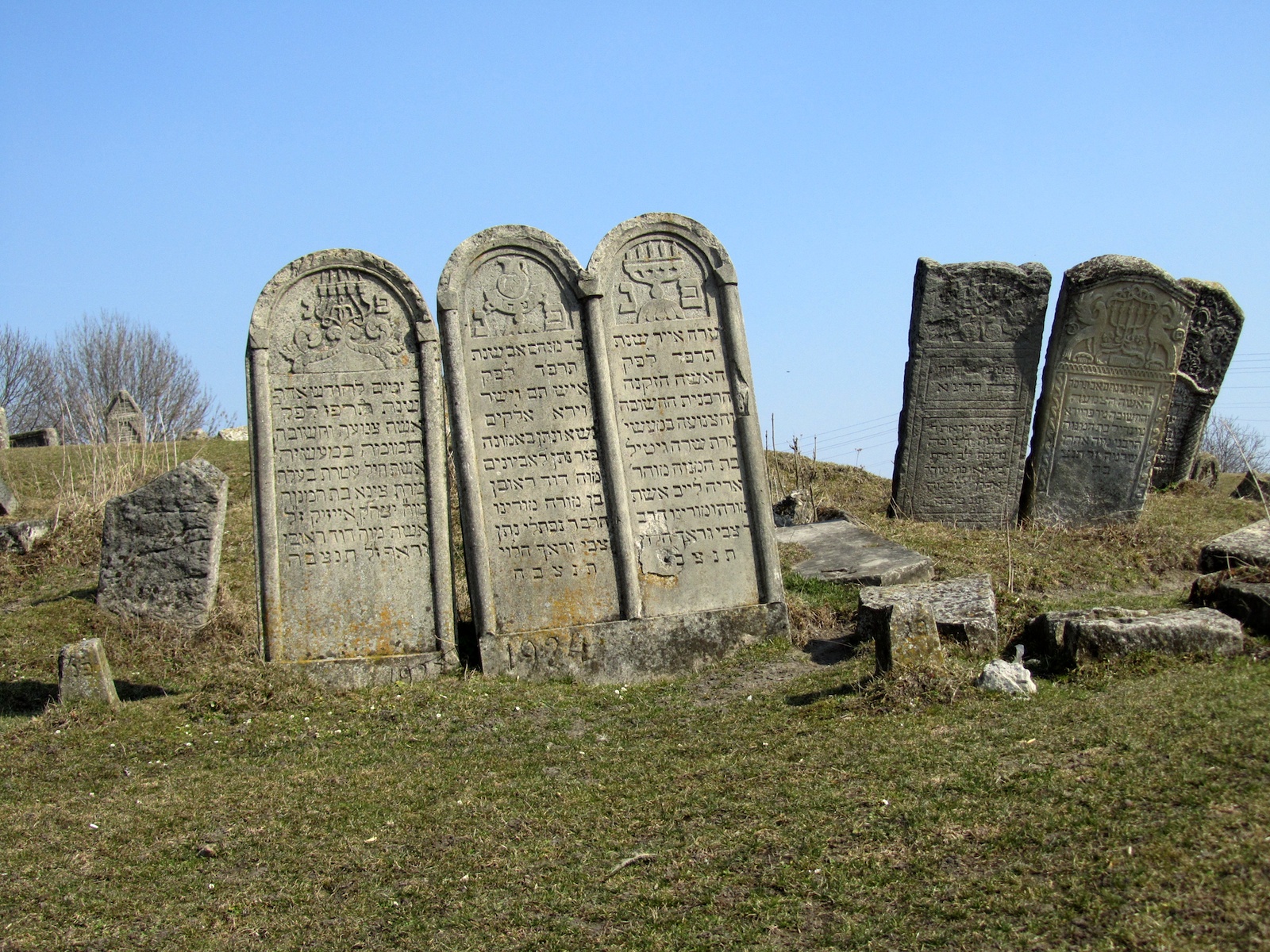
Jewish Traditions For Death Burial And Mourning Rohatyn Jewish Heritage

Why Jews Put Stones On Graves My Jewish Learning
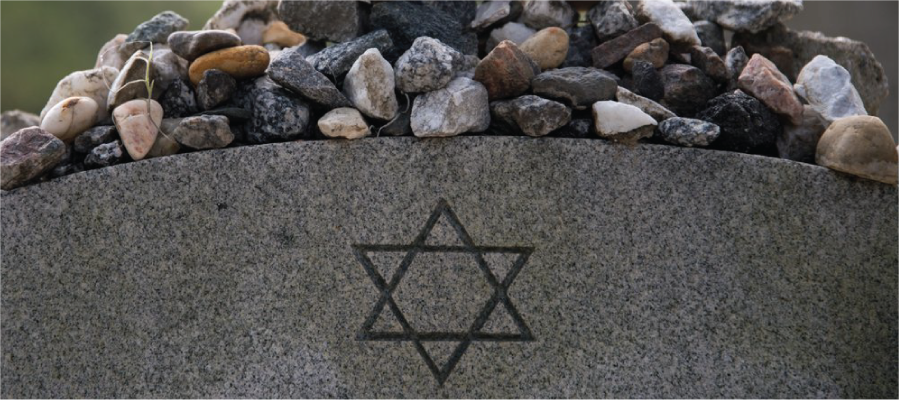
Customs And Traditions Of Mourning Jewish Cemeteries Of Greater Cincinnati

The Physicality Of Death Burial And Mourning In Judaism
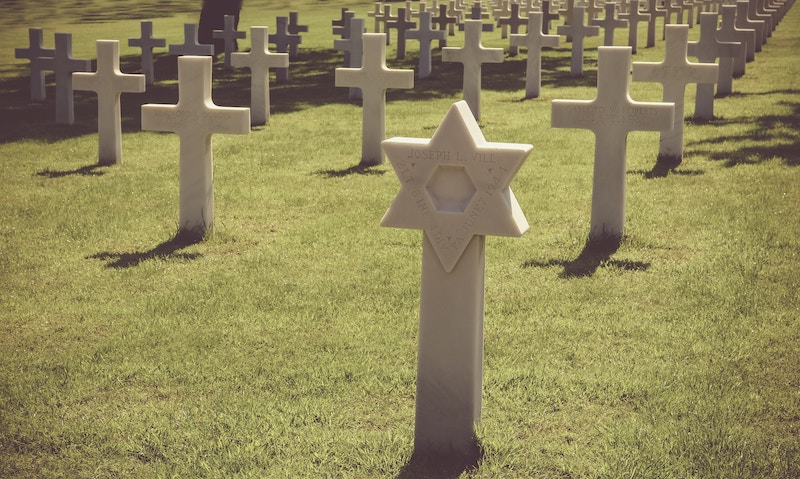
Headstone Unveiling In Jewish Mourning A Guide Cake Blog

Visiting The Gravesite In Judaism Death Mourning
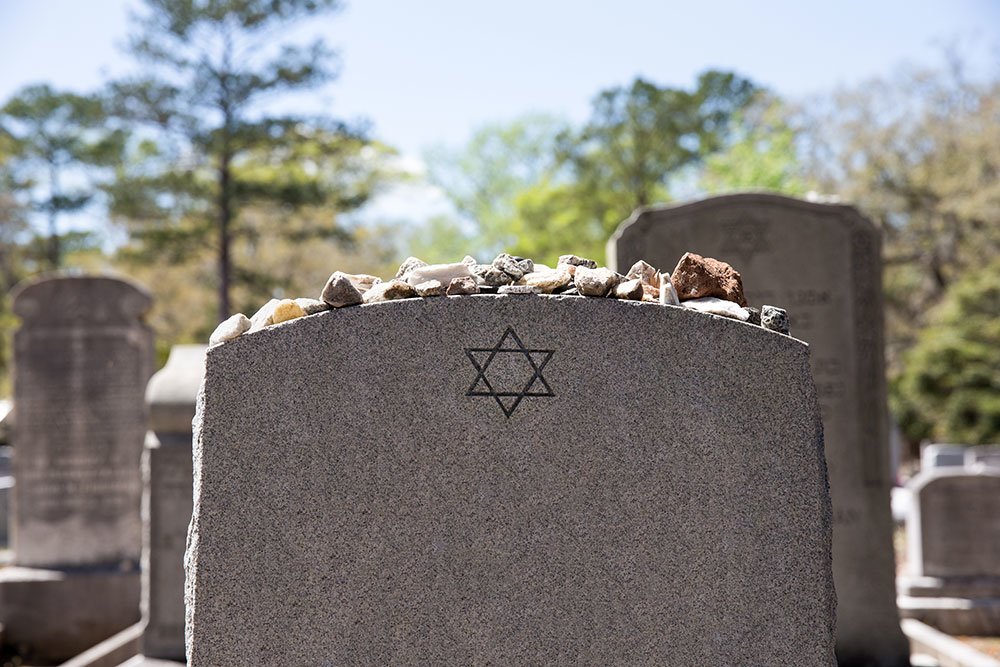
Jewish Burial Customs Welcome To Willowbrook Cemetery Located In
